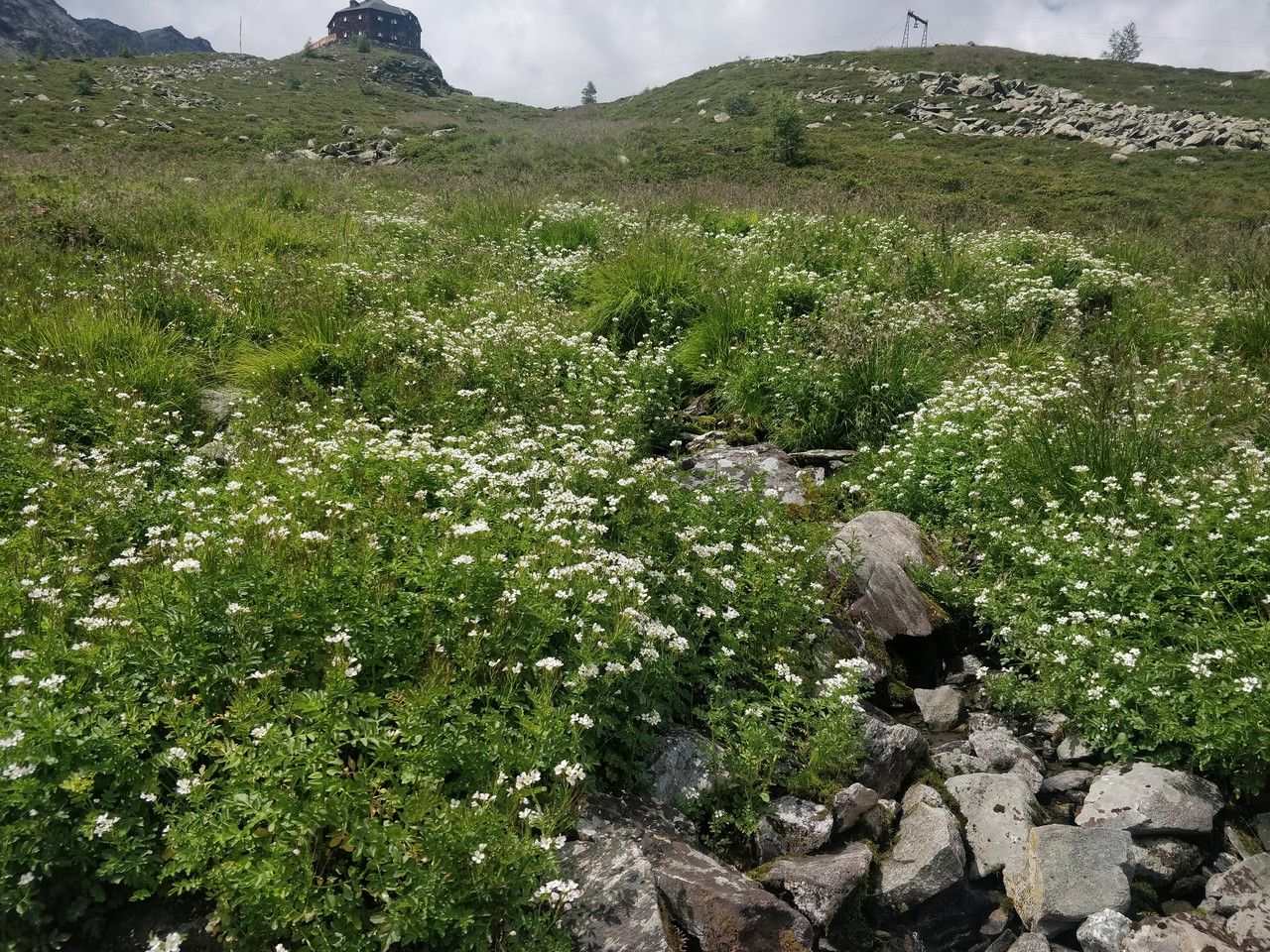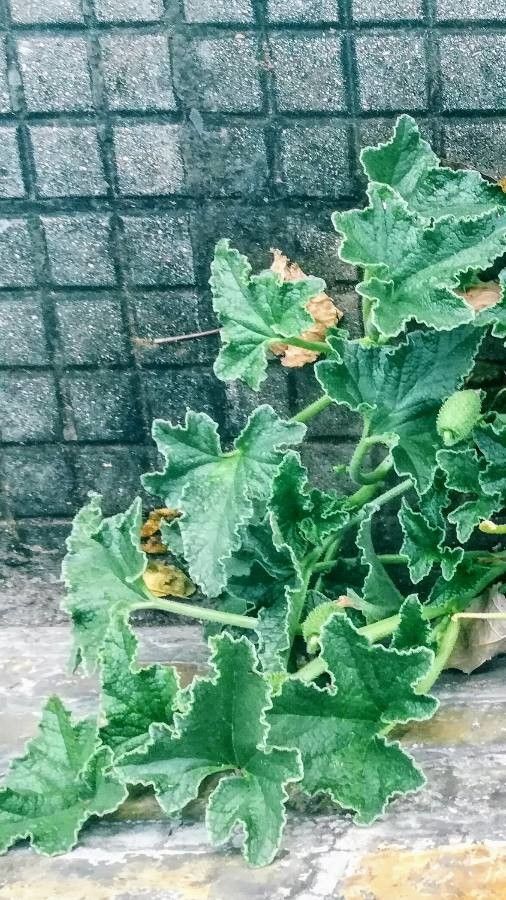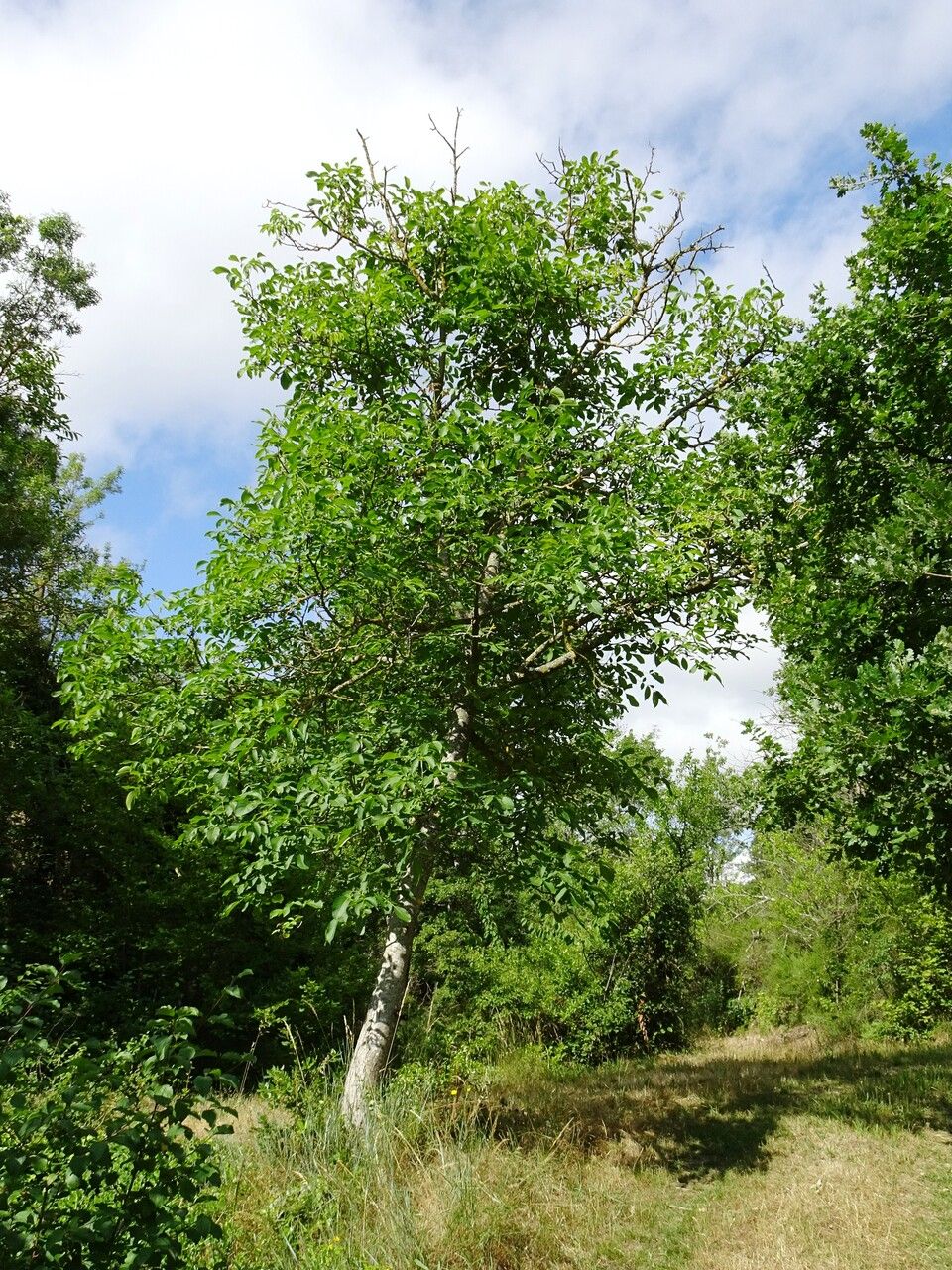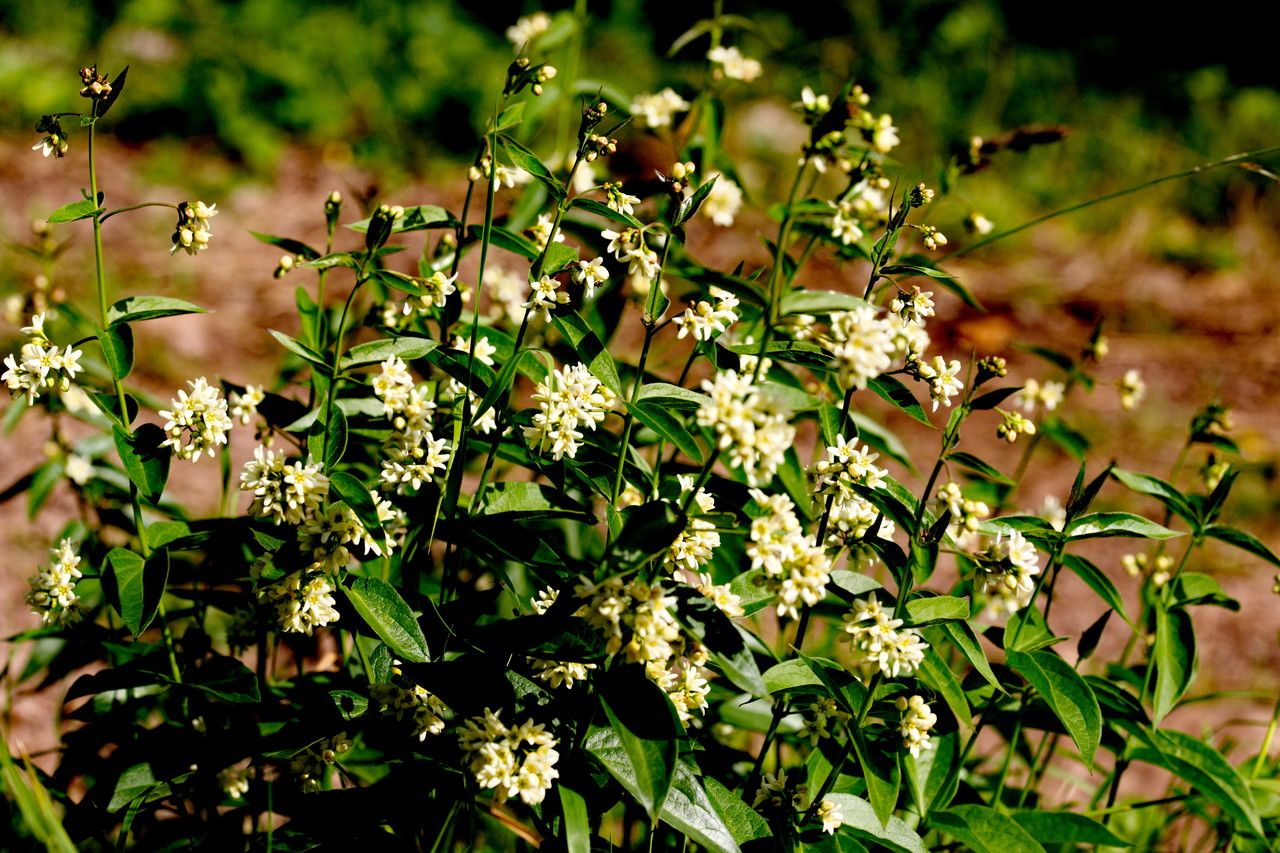## Large Bittercress: A Comprehensive Guide
Large Bittercress, scientifically known as *Cardamine impatiens*, is a captivating member of the Brassicaceae family, also known as the mustard family. This fascinating plant is characterized by its delicate, white flowers and distinctive, somewhat bitter-tasting leaves. While often overlooked as a 'weed' in some contexts, Large Bittercress possesses unique qualities that make it a rewarding subject for both amateur botanists and experienced gardeners.
### Habitat and Growth
Large Bittercress thrives in moist, shaded environments. You'll often find it flourishing along stream banks, in damp woodlands, and in other areas with consistently high soil moisture. It's particularly prevalent in regions with cool, temperate climates. This plant is a summer annual, meaning it completes its entire life cycle within a single growing season. Its rapid growth and prolific seed production contribute to its ability to spread readily in favorable conditions. It's naturally found across much of Europe and parts of Asia.
### Identification
Identifying Large Bittercress involves observing several key characteristics: Its leaves are pinnately divided, meaning they are composed of several smaller leaflets arranged along a central stem. These leaflets are typically ovate or oblong and have slightly toothed edges. The flowers are small, typically four-petaled, and white in color, blossoming from spring through summer. The seed pods, once the flowers have faded, are slender and erect, containing small, brown seeds. Distinguishing Large Bittercress from other bittercress species requires a careful examination of its leaf shape and overall plant structure. Consulting detailed botanical illustrations or utilizing plant identification apps can significantly aid in accurate identification.
### Cultivation and Care
While Large Bittercress is readily found in the wild, cultivating it in a garden can be a rewarding experience. It requires consistent moisture, making it ideal for areas with regular watering or naturally damp soil. Partial shade to full shade is crucial; prolonged exposure to direct sunlight can scorch its delicate foliage. Well-drained soil is also important to prevent root rot. Propagation is typically achieved through seeds, which are readily produced once the plant has matured. The seeds can be sown directly into the ground in spring or fall.
### Ecological Importance
Large Bittercress, despite its sometimes unwanted status as a weed, plays a vital role in the ecosystem. It provides a valuable source of nectar and pollen for pollinators such as bees and butterflies. Its leaves also serve as a food source for various insects and other invertebrates. Therefore, understanding its role in the broader ecological web is crucial to appreciating its significance, even beyond its aesthetic appeal.
### Potential Uses
Historically, various parts of Large Bittercress have been utilized for culinary and medicinal purposes, although these should always be approached with caution and proper identification confirmed by an expert. Some cultures have used the leaves in salads, while others have explored its potential medicinal properties. However, always exercise caution and seek expert advice before consuming any wild plants.
### Conclusion
Large Bittercress, with its delicate beauty and unique ecological role, offers a captivating subject of study. Whether you're a seasoned botanist or simply a nature enthusiast, this plant deserves a closer look. By understanding its growth habits, identification characteristics, and ecological significance, we can gain a deeper appreciation for this fascinating member of the Brassicaceae family.
Large Bittercress: Identification, Growth & Care

Frequently Asked Questions
How to identify Large Bittercress?
Identify Large Bittercress by its pinnately divided leaves with ovate or oblong leaflets and slightly toothed edges. Its small, four-petaled white flowers and slender, erect seed pods are also key features. Compare with other bittercress species for accurate identification.
Can I grow Large Bittercress in my garden?
Yes, you can grow Large Bittercress in your garden. It thrives in moist, shaded locations with well-drained soil. Ensure consistent moisture and avoid direct sunlight.


